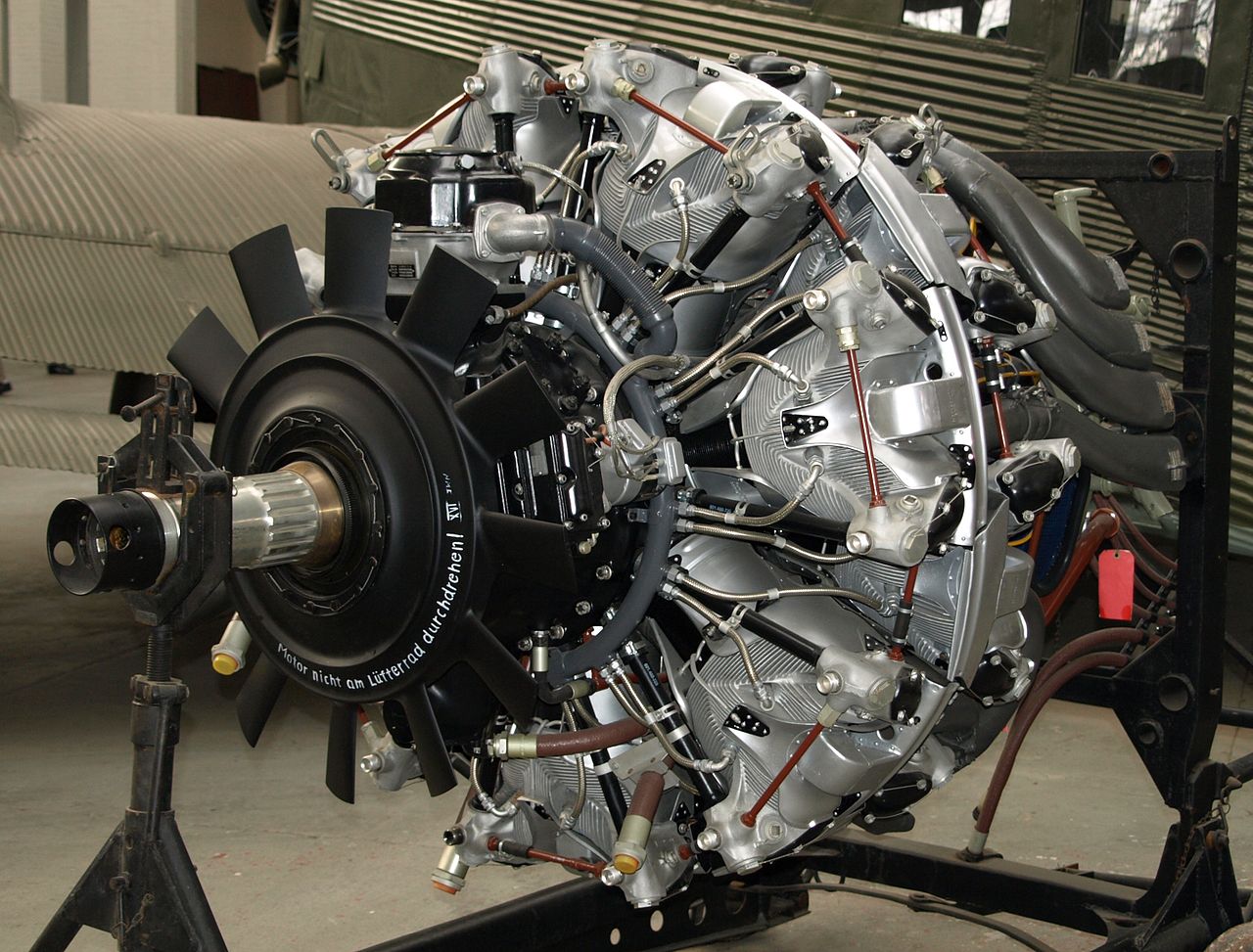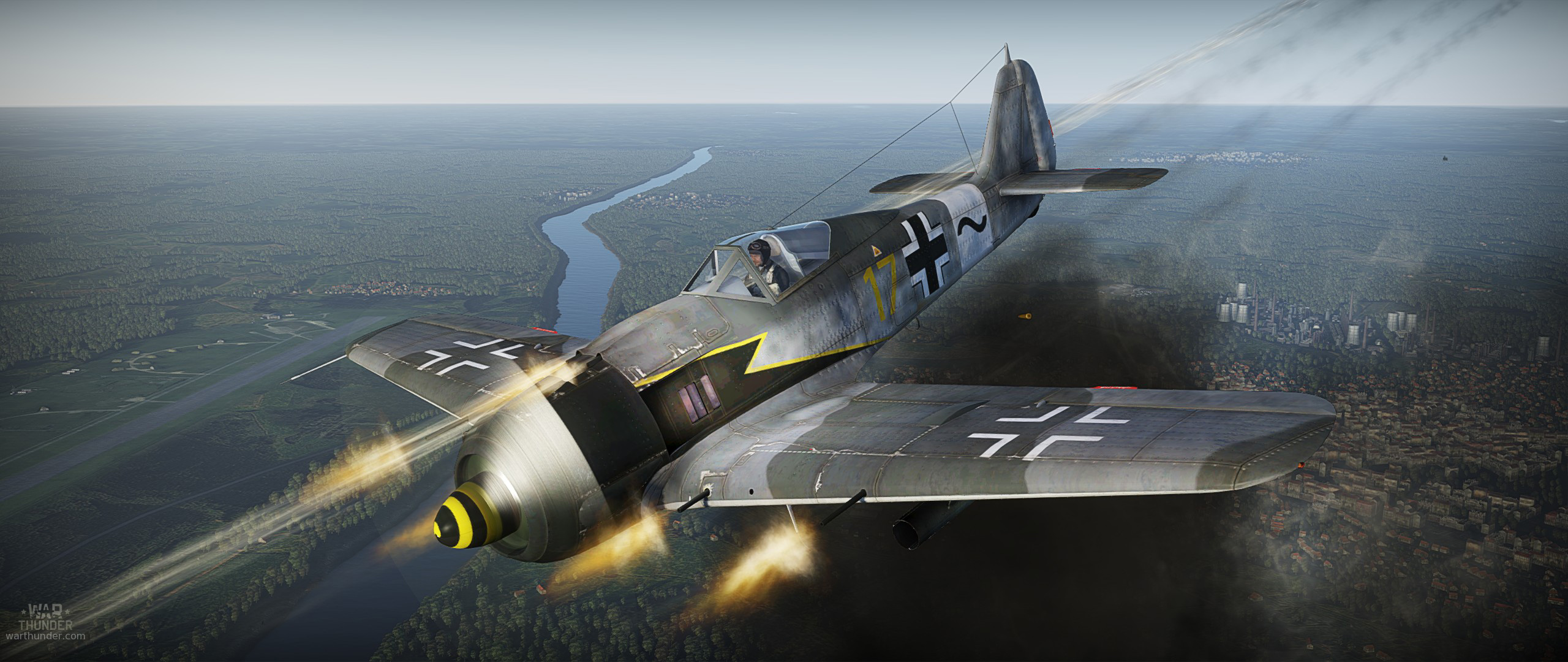
- For PC
- For MAC
- For Linux
- OS: Windows 10 (64 bit)
- Processor: Dual-Core 2.2 GHz
- Memory: 4GB
- Video Card: DirectX 11 level video card: AMD Radeon 77XX / NVIDIA GeForce GTX 660. The minimum supported resolution for the game is 720p.
- Network: Broadband Internet connection
- Hard Drive: 23.1 GB (Minimal client)
- OS: Windows 10/11 (64 bit)
- Processor: Intel Core i5 or Ryzen 5 3600 and better
- Memory: 16 GB and more
- Video Card: DirectX 11 level video card or higher and drivers: Nvidia GeForce 1060 and higher, Radeon RX 570 and higher
- Network: Broadband Internet connection
- Hard Drive: 75.9 GB (Full client)
- OS: Mac OS Big Sur 11.0 or newer
- Processor: Core i5, minimum 2.2GHz (Intel Xeon is not supported)
- Memory: 6 GB
- Video Card: Intel Iris Pro 5200 (Mac), or analog from AMD/Nvidia for Mac. Minimum supported resolution for the game is 720p with Metal support.
- Network: Broadband Internet connection
- Hard Drive: 22.1 GB (Minimal client)
- OS: Mac OS Big Sur 11.0 or newer
- Processor: Core i7 (Intel Xeon is not supported)
- Memory: 8 GB
- Video Card: Radeon Vega II or higher with Metal support.
- Network: Broadband Internet connection
- Hard Drive: 62.2 GB (Full client)
- OS: Most modern 64bit Linux distributions
- Processor: Dual-Core 2.4 GHz
- Memory: 4 GB
- Video Card: NVIDIA 660 with latest proprietary drivers (not older than 6 months) / similar AMD with latest proprietary drivers (not older than 6 months; the minimum supported resolution for the game is 720p) with Vulkan support.
- Network: Broadband Internet connection
- Hard Drive: 22.1 GB (Minimal client)
- OS: Ubuntu 20.04 64bit
- Processor: Intel Core i7
- Memory: 16 GB
- Video Card: NVIDIA 1060 with latest proprietary drivers (not older than 6 months) / similar AMD (Radeon RX 570) with latest proprietary drivers (not older than 6 months) with Vulkan support.
- Network: Broadband Internet connection
- Hard Drive: 62.2 GB (Full client)
Fw-190 A-8 "Yellow 17" equipped with BMW 801 engine, camouflage by KodiakGER | download here
The BMW 801 is one of the most fascinating and yet most unlikely stories in the history of engine designs. It starts with a company called Siemens Schuckert Werkes - a division of the massive Siemens company - an early builder of water cooled in-line and air cooled radial aircraft engines. Seeking more powerful units they acquired a license to produce British designed Bristol Jupiter engines and used that experience to improve their own products. A few years later, after a subsidiary name change to Branderburgische Motorwerke GmbH (aka BraMo), a dependable nine cylinder Bramo 323 Fafnir was in production. Also, the company was well on its way to producing its twin row Fafnir design when BMW received approval by RLM to purchase it in 1939.
 |
| BMW 801D aero engine on display at the Imperial war Museum, Duxford. |
Most famous for their “driving machines”, BMW’s first products were actually aircraft engines; its famous Bavarian logo advertised as a propeller to further reinforce the connection with aircraft. Like Siemens, they too started making water cooled engines, the advanced six cylinder BMW IV and best selling 12 cylinder BMW VI. To offer an air cooled option in 1929, a license from Pratt and Whitney USA was acquired to manufacture their nine cylinder Hornet engines resulting in the “BMW Hornet” and a subsequently improved version: the BMW 132. The next step was the BMW 139, a short lived twin row version.
A third piece came in 1937 when aviation pioneer Kurt Tank proposed a fighter built with a radial engine instead of the perpetually in short supply DB 601’s. Despite the traditional European view of inline engines being better for fighters, new research with aerodynamic cowlings for radial engines were promising so the RLM agreed on the new fighter, the Fw-190. The BMW 139 was mounted in a closely fitted, channeled cowling. While it was complex and suffering chronic overheating issues the theory was producing results, so work continued.
With the acquisition and merging of Bramo and involvement of Professor Tank, from that combined brainpower an entirely new advanced engine was born in 1939 . Assigned a new block numbers post merger, the BMW 801A had a heritage with the Hornet and Jupiter but it was truly an original design re-imagined literally from the ground up. With a displacement of 41.8 liters (2,560 in3) this two row 14 cylinder engine - initially producing 1,539 hp (1,147 kW) at 2,700 rpm at takeoff power - was respectable when compared to the similar Wright R-2600-6 42.7 L (2,603 in3) which produced 1,600 hp (1,194 kW); its final versions far exceeded this early performance. What made it marvel above all other radial engines was its small power plant, a mere 1,290 mm (51 in) in diameter, in a tightly integrated cowling. An integrated cooling fan ran 3.17 times faster than the propeller, insuring air flow regardless of the situation so it was nearly impossible to overheat or choke, a problem that affected nearly all combat aircraft to various degrees. Another key feature was a fully integrated engine, everything included except fuel: the Kraftei (“power egg”) concept. Dornier’s own Do-217 was designed with a special wing mounted crane to facilitate engine changing in as little as 30 minutes!
What made the BMW 801 exceptional compared to any engine was its “Kommandogerät” (command-device), or Engine Control System. At the time engines required manipulation of the throttle, mixture, propeller, cowl flaps (cooling air), oil cooler, ignition timing, supercharger settings (aka Boost), WEP activation, etc, but the “Kommandogerät” used only 1 lever to control it all! This was an enormous tactical advantage as pilots flying aircraft fitted with the BMW 801 could fully concentrate on the battle while others could not. This level of automation was so advanced that even today few propeller driven aircraft have the equivalent “FADEC” system.
Author: Joe “Pony51” Kudrna




